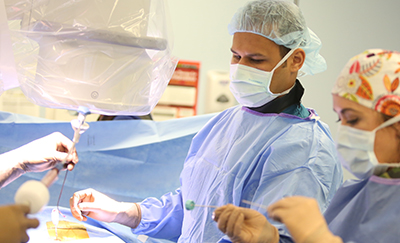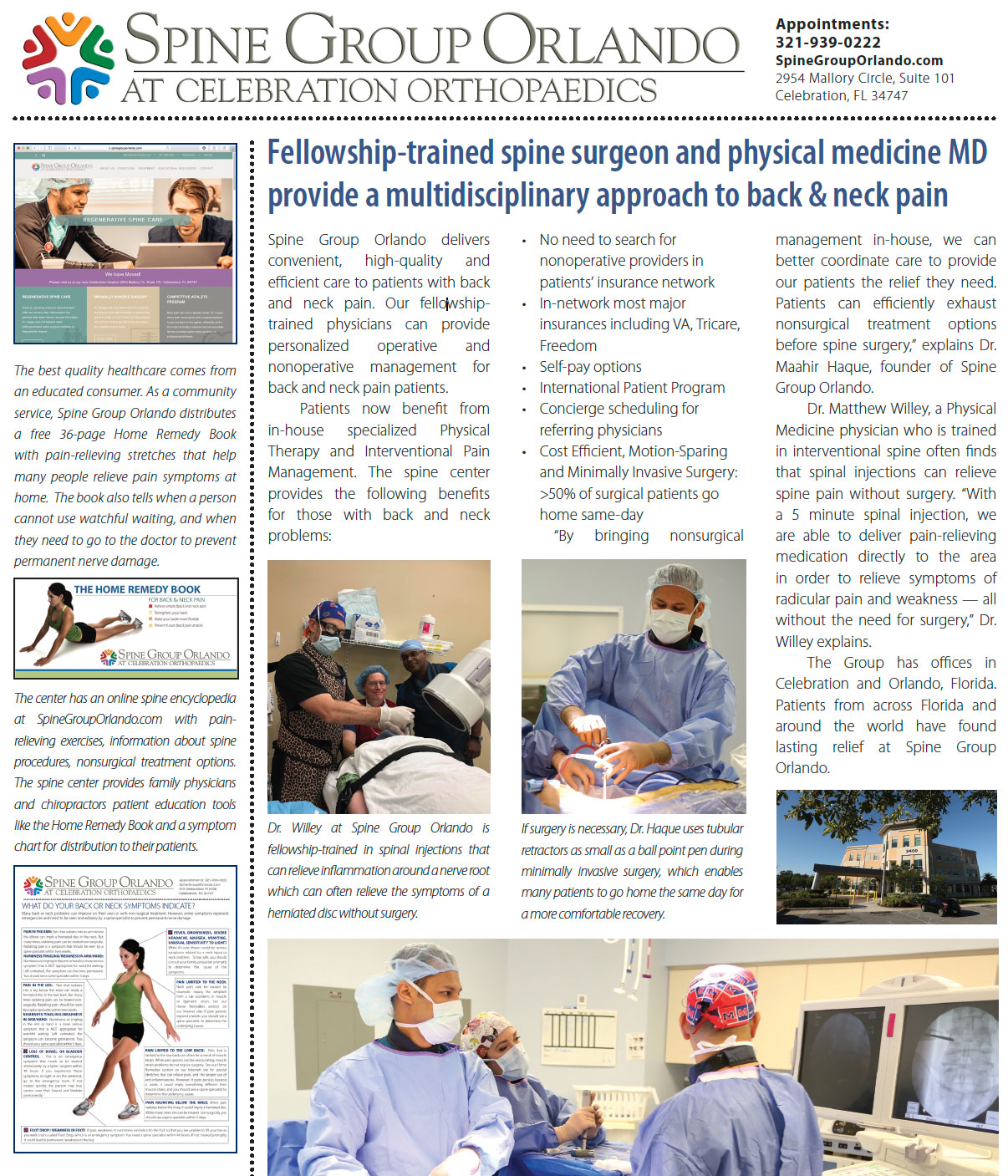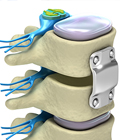 About Scoliosis
About Scoliosis
Adult Scoliosis
Adult scoliosis relates to anyone that has scoliosis and is eighteen or older. Adult scoliosis is different from children scoliosis cases in that adults are skeletally mature and may have 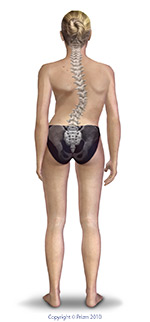 different treatment options. Scoliosis in adults is usually accompanied with back pain and that is why they choose to get themselves evaluated. Treatment difficulties for the spine surgeon may exist since adult scoliosis can cause the spine to become stiff. In many cases, advanced disc degeneration that can create severe pain is accompanied with the scoliosis. Many patients with adult scoliosis may experience osteoporosis, which can play a contributing factor. All of these factors add into the equation of what treatment is right for the patient.
different treatment options. Scoliosis in adults is usually accompanied with back pain and that is why they choose to get themselves evaluated. Treatment difficulties for the spine surgeon may exist since adult scoliosis can cause the spine to become stiff. In many cases, advanced disc degeneration that can create severe pain is accompanied with the scoliosis. Many patients with adult scoliosis may experience osteoporosis, which can play a contributing factor. All of these factors add into the equation of what treatment is right for the patient.
Degenerative scoliosis is one of the most common types of scoliosis for older adults and may progress. This type of scoliosis is usually associated with stenosis and leg pain. Most treatment for adult scoliosis is non-operative. Conservative treatment options may include physical therapy or injection therapy.
A spine specialist will put together a treatment program consisting of exercise and conditioning to help the patient increase function and energy, while trying to reduce pain. Steroid injections may also be used to help reduce pain. Bracing is rarely used in adults as it rarely helps with pain relief.
Surgery is recommended for curvatures that are worsening or when previous treatment options have been exhausted. It is not uncommon in adult scoliosis cases when discs are severely degenerated, which require the spinal fusion to be extended down to the sacrum. This situation may require the surgeon to perform the surgery on both your back and front side.
Thankfully, new options in minimally invasive scoliosis enable a surgeon to make several smaller incisions rather than a single long incision. Special instruments are inserted through the portals to untwist the scoliotic spine. Recovery is much faster and much less painful as there is less disruption to muscles, tendons and ligaments.
The length of the recovery depends on how the nature of the surgery and the age of the patient. Some patients will be back to full activity in three months, and some patients may need as long as six to nine months to properly heal. Many patients become thrilled and happy knowing the pain they suffered with is no longer going to bother them.
About Adults with Previous Operated Scoliosis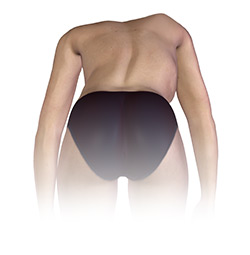
Often older techniques such as anterior surgery for lumbar scoliosis, Harrington rods, or Cotrel-Dubousset instrumentation may have long fusions with minimal correction or they were fused in some kyphosis.
With time and aging, these individuals may develop progressive disc degeneration resulting in a stooping or flatback syndrome, or back and leg pain from degeneration. Other causes of back pain in a previously operated patient include deformities or non-unions with broken rods.
Pediatric Scoliosis
When scoliosis is present before the age of 3, this is known as Infantile Scoliosis. When scoliosis is diagnosed between the ages of 3 to 10, this is known as Juvenile Scoliosis.
Congenital scoliosis is a condition where there is deformity in the spine present at birth, but will usually only be discovered as the baby continues to grow. Some of the reasons causing this type of scoliosis are abnormally shaped or fused bones in the spine that do not grow or fuse correctly. Neuromuscular scoliosis consists of poor neurologic or muscular control of the spine and might be evident in a child born with cerebral palsy and muscular dystrophy. Children diagnosed with more advanced scoliosis can often feel like they sometimes have trouble breathing and experience back/leg pain among other issues.-
Most kids with non-severe scoliosis will not experience the painful symptoms that are often associated with scoliosis. Kids will usually be diagnosed either at a school screening being performed on the entire grade or by their doctor. Children with detectable scoliosis can appear to have a hump, “S” shaped curve in their spine, and perhaps uneven shoulders and hips while doing the Adams Forward Bending test. School examiners will inform the parent if they believe scoliosis might be present or could develop in their child. If scoliosis is discovered, it is important to see a scoliosis specialists to better evaluate the child and the doctor might take an X-ray for a better analysis. On an X-ray, the doctor uses the Cobb angle method to measure the angulations between the curving of the vertebrae.
 The potential for the curvature in the spine to worsen correlates with the amount of growth remaining in the bones and spine. The amount of growth the child has left to complete is directly related to the amount and type of treatment he or she will receive since the ‘growth spurt’ years tends to make the scoliosis worse. One of the ways to measure how much growth the patient has left to complete is by taking a radiographic measure of the maturity of the pelvic bone. The Risser sign can be tracked on the pelvic X-ray to better determine if the person has more growing left to complete. The changes of puberty in girls and boys can also give insight if the person has more growing left as well. In girls, evidence suggests that the beginning of the menstrual period estimates 1.5 to 2 years of spine growth remain.
The potential for the curvature in the spine to worsen correlates with the amount of growth remaining in the bones and spine. The amount of growth the child has left to complete is directly related to the amount and type of treatment he or she will receive since the ‘growth spurt’ years tends to make the scoliosis worse. One of the ways to measure how much growth the patient has left to complete is by taking a radiographic measure of the maturity of the pelvic bone. The Risser sign can be tracked on the pelvic X-ray to better determine if the person has more growing left to complete. The changes of puberty in girls and boys can also give insight if the person has more growing left as well. In girls, evidence suggests that the beginning of the menstrual period estimates 1.5 to 2 years of spine growth remain.
Bracing is designed to apply pressure to the trunk and pelvis, which improves the alignment of the spine and allows the spine to grow in a straighter fashion. Some doctors might recommend bracing if the scoliosis starts to pass 20 degrees measured laterally in the curve. Most doctors will recommend bracing for patients with a curvature angle around 20-50 degrees. Bracing is not designed to reverse the curvature, but rather to prevent the spine from increasing the angle of the curve. They are many different types of bracing options available with specially placed padding and straps that place resistance on the certain area in the spine. Most braces are constructed of plastic and contoured to your unique body and your doctor will help prescribe which brace is best for your treatment.
The Boston Brace is probably the most common used to treat scoliosis. These braces are made out of plastic components that are custom modeled to the patients body which creates a low-profile for the brace. On the front side, this brace extends from the lower breast to the start of the pelvic area. On the back side it extends from the upper back to the tail bone. This brace forces the lower back to flex which pushes the abdomen and helps flatten the curvature in the spine.
 Although surgery can be risky and expensive, it might be an avenue to consider if severe scoliosis develops with a degree angle above 40 degrees and bracing has shown no signs of stopping the spine from continuing to curve.
Although surgery can be risky and expensive, it might be an avenue to consider if severe scoliosis develops with a degree angle above 40 degrees and bracing has shown no signs of stopping the spine from continuing to curve.
Children that don’t need bracing or surgery will still need to be under observation from the doctor to be aware if the spine continues to curve. The child will most likely be advised to come back for a couple of follow up visits to make sure the scoliosis is not progressing into a severe curve. X-rays might be done semi-annually to make sure the curve does not worsen. Most of the time X-rays are conducted until the child stops growing or until the curving of the spine stops.
The majority of children diagnosed with scoliosis will not need any type of treatment. Less than 15% of children and adolescents diagnosed with some degree of scoliosis will actually need to begin some type of treatment including bracing and/or surgery.
There are not any specialized exercises that have been proven to help stop scoliosis. Most scoliosis in children should not prevent them from enjoying time with friends or playing sports.
Maahir Haque, MD is recognized as a leader in the field of minimally invasive spine surgery. At Spine Group Orlando, Dr. Maahir Haque also provides second opinions for spine surgery and MRI reviews for those with back pain and neck pain. Dr. Haque emphasizes non-surgical options for back pain and neck pain where possible. This can include accessing a back pain specialist with expertise in pain-relieving spinal injections and spine therapists. Spine therapy can include back stretches that can be a future home remedy for back pain or neck pain. If spine surgery is necessary because of a herniated disc, spinal fracture, or spinal stenosis, Dr. Maahir Haque operates through tubular retractors that reduce the size of the incision, lessen blood loss, reduce time in the hospital, speed return to activity with a less painful recovery. This spine surgery expertise enables many patients to have outpatient spine surgery and be home the same day. Spine Group Orlando and Dr. Maahir Haque provides artificial disc replacement in the neck using the Mobi-C disc implant, the first FDA-approved disc for multiple levels in the neck. Prodisc-C is also used for artificial disc replacement in the cervical spine. Dr. Haque is also one of the few spine surgeons in Orlando, Florida to provide lumbar artificial disc replacement using the Prodisc-L artificial disc. Dr. Haque is also referred patients from across Orlando and north central Florida for artificial disc replacement surgery as an alternative to spinal fusion. Accordingly, Dr. Haque's patients travel from across north central Florida, including: Orlando; Jacksonville; Tallahassee; Lakeland; Gainesville; Tampa; Daytona Beach; and Cocoa Beach. The spine center, as a destination for medical tourism for some international patients from Mexico and the Caribbean, can provide recommendations to out-of-town patients on nearby hotels and tourist attractions. Dr. Haque is featured on the national site CentersforArtificialDisc.com as an author on the subject of artificial disc replacement for herniated discs in the neck. The Centers for Artificial Disc web site has content specific to disc replacement options and alternatives to spinal fusion. Click here to visit the Centers for Artificial Disc.

